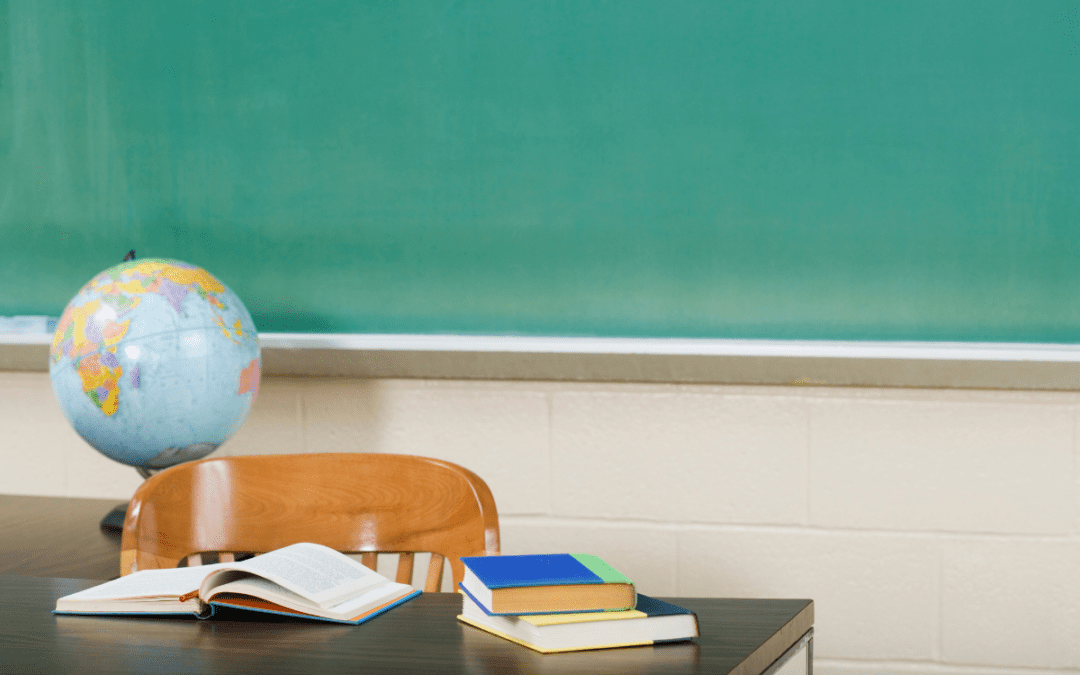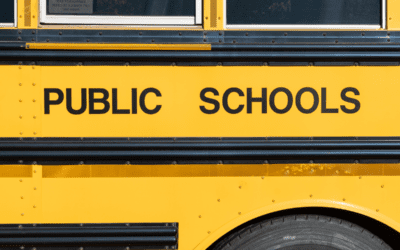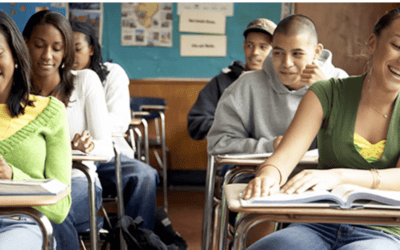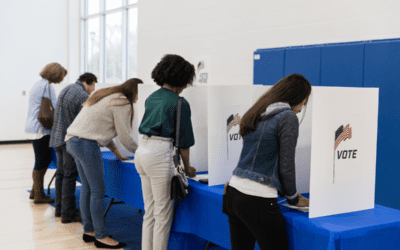
#image_title
Update: President’s COVID-19 diagnosis likely to impact planned rallies in Green Bay and Janesville.
[Note: This story on the surge in Wisconsin coronavirus cases was filed Thursday afternoon prior to President Trump’s revelation that he has tested positive for COVID-19 and any announcement of travel plan changes.]
As Wisconsin reported another one-day record increase in coronavirus cases and 21 more deaths Thursday, state officials issued an emergency order intended to boost staffing at hospitals as they continue to urge people to comply with face mask wearing and social distancing recommendations to avoid a virus spreading so severely it altered a president’s travel schedule.
State Department of Health Services officials announced 2,887 new COVID-19 cases Thursday, topping the previous record of 2,817 cases set on Sept. 26 and bringing the average daily new case average during the past seven days to 2,405.
The emergency order allowing healthcare personnel in other states to work at Wisconsin medical facilities comes amid a surging number of COVID-19 cases that threatens to overrun the state’s public health system and hospitals. That action is necessary to boost hospital staffing as existing healthcare workers are being exposed to the virus and must be quarantined, DHS Secretary-designee Andrea Palm said.
The explosion of cases is adding stress to hospitals across Wisconsin, where public health officials said the staff and space capacity to treat serious cases of COVID-19 could be outpaced by the number of people needing treatment.
The rapid rise in cases “is stretching our hospital capacity and overwhelming our public health system,” Palm said.
The 21 deaths comes one day after the DHS reported a single-day record of 27 deaths and is the fourth time daily deaths have totaled 20 or more.
“I am concerned about the alarming trend we are seeing across the state,” Gov. Tony Evers said of the increased number of coronavirus cases that has now reached 125,161. A total of 1,348 state residents have died from the virus.
Evers and other speakers at a COVID-19 press briefing Thursday urged state residents to wear face masks, maintain social distancing, and refrain from large gatherings in an effort to slow the virus’ spread.
“I know it’s frustrating. I know it’s exhausting. I know it’s hard,” Evers said of living amid the ongoing pandemic. “But masks only work if everyone wears them. Our masks work best when we’re wearing them together.”
According to Wisconsin Hospital Association statistics, 669 people statewide are currently hospitalized because of COVID-19, up from 528 one week ago but down 14 from Wednesday. A total of 208 require treatment in intensive care rooms, 10 more than Wednesday’s record number.
Of the 1,475 intensive care beds at hospitals in Wisconsin, 217 are available, although hospital officials across the state told UpNorthNews that number is artificially low because other hospital spaces can be transitioned to ICU spaces as part of coronavirus treatment plans.
But new bed space can be added more quickly than trained professionals to treat COVID-19 patients.
Dr. Imran Andrabi, president and CEO of ThedaCare, said last week 13 COVID-19 patients were hospitalized in that health care system, a number that has risen to 64. Ninety-five percent of ThedaCare’s hospital beds in Wisconsin are full, he said, and about 250 employees can’t be at work because they may have been exposed to the virus.
Those figures impact the care not only of COVID-19 patients, he said, but of others who need hospital care. When workers must be isolated at home because of exposure to the virus, “they cannot come back to work and take care of people,” Andrabi said.
The spike in coronavirus cases is overwhelming the ability of local health departments to conduct contact tracing in a timely manner, Palm said. Since K-12 schools and colleges began the new school year a month ago, most with various levels of in-person instruction, case numbers grew rapidly, spreading from schools into surrounding communities.
COVID-19 outbreaks have prompted UW-Madison, UW-La Crosse, and UW-River Falls to offer online-only classes and restrict student movement on campus. Occurrences of the virus in K-12 schools is prompting a growing number of them to offer classes in an online-only format to halt future virus infections.
In recent days numerous Green Bay-area school districts have announced the switch to online-only courses as the virus continues to spike in Brown County. West De Pere, Denmark, Gillett districts and Notre Dame Academy joined Ashwaubenon, De Pere, Howard-Suamico, Pulaski and Shawano districts that had previously made the switch to virtual learning.
The Green Bay school district started the year offering classes online because of COVID-19 concerns and has not reopened buildings to students. Brown County is among Wisconsin locations hit hardest by the pandemic, with 9,796 cases and 66 deaths.
In a Sept. 28 letter, Dennis Krueger, West De Pere schools superintendent, said students in that district will learn online until at least Oct. 19 because “the community is experiencing an exponential spread of COVID-19. Because of this, we are also finding it difficult to maintain adequate staffing levels within
the School District of West De Pere.”
The virus has spread far beyond schools and college campuses. All 72 of Wisconsin’s counties are deemed to have a high level of COVID-19, and 45 are ranked as “very high,” Palm said, meaning they have infection rates of at least 350 cases of the virus per 100,000 people.
COVID-19 cases in schools are prompting an increase in virus numbers, and Wisconsin currently has the third-highest rate of virus transmission in the nation, according to The Atlantic Magazine’s COVID tracking project.
Additionally, eight of the state’s largest cities currently are among the top 20 in the nation for case growth, with three in the top five, according to data analysis by the New York Times. Oshkosh-Neenah, Appleton, and Green Bay have the second-, third-, and fourth-fastest growing outbreaks in the country, according to the analysis.
State and county health officials have hired about 1,200 contact tracers, Palm said, and have added another 60 in the past week. But that hasn’t been enough to track people who may have been exposed to the virus in a timely manner, typically within 24 hours, she said.
“We are absolutely maxing out the contact tracing infrastructure we have,” Palm said.
Planned campaign visits by President Donald Trump to La Crosse and Green Bay on Saturday as COVID-19 cases continue to climb have prompted concerns. La Crosse Mayor Tim Kabat requested that Trump cancel his event there, and the president apparently agreed to do so.
Trump’s planned visit to Green Bay has not yet been cancelled, according to the president’s schedule, and after canceling his La Crosse stop he added one in Janesville, also scheduled for Saturday. Evers said he hopes Trump cancels that event as well, especially given that Trump rallies typically involve thousands crowded together without face masks.
La Crosse and Green Bay “are two of the hottest hot spots in the nation,” Evers said through a face mask. “If [Trump] does come, please insist that people wear a mask.”

Opinion: Many to thank in fair maps victory for Wisconsinites
On February 19, 2024, Governor Tony Evers signed into law new and fair state legislative maps, bringing hope for an end to over a decade of...

Opinion: Empowering educators: A call for negotiation rights in Wisconsin
This week marks “Public Schools Week,” highlighting the dedication of teachers, paras, custodians, secretaries and others who collaborate with...

Op-ed: Trump’s journey from hosting The Apprentice to being the biggest loser
Leading up to the 2016 election, Donald Trump crafted an image of himself as a successful businessman and a winner. But in reality, Trump has a long...

Not just abortion: IVF ruling next phase in the right’s war on reproductive freedom
Nearly two years after the US Supreme Court overturned Roe v. Wade, another court is using that ruling to go after one of the anti-abortion right’s...




